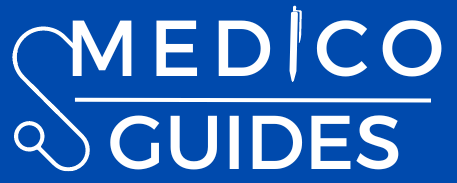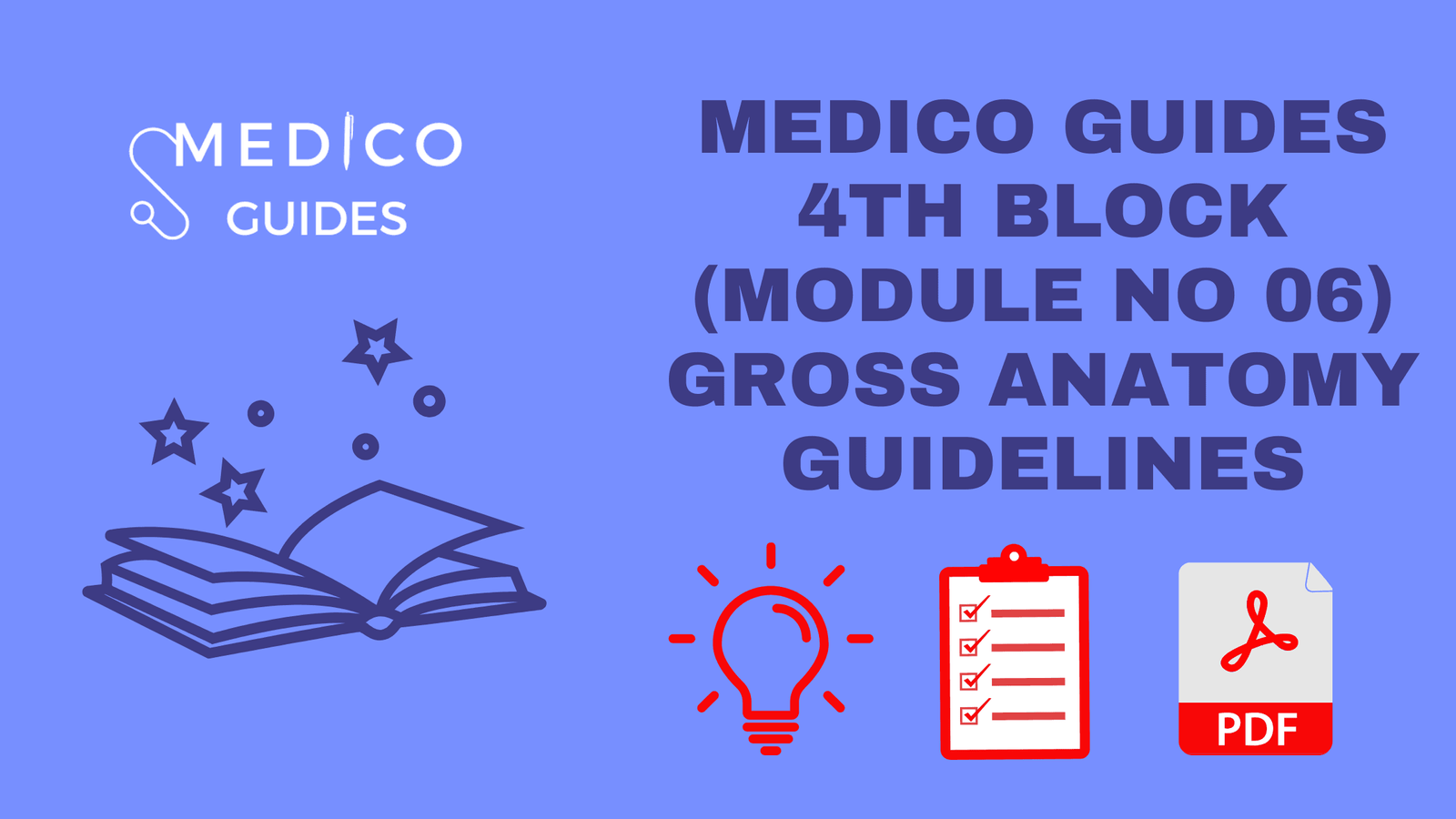Prepared by:
Nofal Anjum Khan (G13)
Compiled by:
Hafiz Muhammad Umair Noor (G12)
Reference Books:
- Lippincott Illustrated Reviews: Biochemistry 8th Edition
- Satyanarayana Biochemistry 6th Edition
- Harper’s Illustrated Biochemistry 30th Edition
CARBOHYDRATE METABOLISM
(HNSS-B-001a)
Chapter 12: (Lippincott)
- Read complete chapter but Diseases are most important
- Read to fructose metabolism + it’s phosphorylation+ fructose 1-P cleavage (fig 12.2) (imp) + it’s kinetics
- Fig 12.3 (most imp fig for seq + mcq)
- Enzymes deficent + product accumulate + it’s effect in essential fructosuria and hereditary fructose intolerance (vvvvvv imp seq + mcq)
- Aldolase B deficiency v.v.v.imp
- Mannose conversation to fructos-6-P
- Glucose conversation to fructose via sorbitol (vvvv imp)
- Fig 12.4 (imp) + sorbitol synthesis
- Hyperglycemia and sorbitol mechanism (vvvv imp) and how it causes cataract and peripheral neuropathy (imp)
- Do galactose n fructose metabolism
- Fig 12.5 v.imp
VITAMINS
(HNSS-B-001b)
Chapter 28: (Lippincott)
- Vitamin A (vvv imp)
- Structure
- Absorption and transport + release from liver with fig 28.19 (imp)
- Fig 28.19 (vvvvvv imp)
- Functions (visual cycle) (imp)
- Deficiency (nyctoplasia + skin conditions) (imp)
- Vitamin A toxicity
- Should clearly describe the physiological and therapeutic function of Vit A (Fig28.21 imp)











